Group memebers:
- Dr Biljana Abramović, Full Professor
- Dr Daniela Šojić Merkulov, Full Professor
- Dr Igor Jajić, Associate Professor, University of Novi Sad, Faculty of Agriculture
- Dr Vesna Despotović, Assistant Professor
- Dr Sandra Jakšić, Research Associate, Scientific Veterinary Institute “Novi Sad”, Novi Sad
- Dr Nemanja Banić, Associate professor
- Dr Sanja Armaković, Assistant Professor
- Dr Nina Finčur, Assistant Professor
- Maria Savanović, Research Assistant
Contact person:
Prof. Dr. Biljana Abramović
biljana.abramovic@dh.uns.ac.rs
tel: +381 21 485 2753
fax: +381 21 454 065
On-going projects:
Development of methods for monitoring and removal biologically active substances to improve quality of the environment
Scentific project
Project number: 172042
Duration: 2011-2019
Project leader: Prof. Dr. Biljana Abramović
Research focus
The group deals with analytics and the development of efficient, cheap, and green methods of degradation of pesticides, pharmaceutically active components, ionic liquids, paints, and mycotoxins. Great attention is paid to the optimization of energy and environmentally acceptable methods of advanced oxidation processes for the removal of biologically active pollutants from wastewater. The efficiency of degradation of selected pesticides (herbicides, fungicides, and insecticides), pharmaceutically active components (beta-blockers, diuretics, antidepressants, antihypertensives, and antibiotics), as well as mycotoxins (aflatoxins and fumonisins), which cannot be removed by traditional biological and chemical treatments is studied. Also, newly-synthesized nanopowders of improved spectral properties, i.e. higher solar sensitivity (TiO2 doped with different elements, composite oxides of TiO2, nanohybrid TiO2/carbon nanomaterials (powder and thin film), ZnO thin films, TiO2 modified with fulerenol) are applied. The robustness of certain methods (the effect of other organic and/or inorganic substances, pH, etc.) is examined. The influence of the nanopowder type on the kinetics and mechanism of degradation, as well as on the cytotoxic effect of the resulting intermediates is studied. Great attention is paid to the construction of various types of reactors (flow reactors with falling film of nanoparticle suspension, as well as flow column reactors that have proven to be more efficient than the batch reactor).
Equipment
Liqiud chromatograph UFLC Shimadzu NexeraTM with diode array detector (UV/VIS), fluorescence detector and conductivity detector
T80 + UV/VIS spectrophotometer
ultra pure water, ANDRONA SIA, mode: Crystal ex
batch and flow reactors for the removal of organic pollutants and other necessary small equipment
Collaborations
In Serbia:
Department of Physics, Faculty of Sciences University of Novi Sad
Department of Radiation Chemistry and Physics, Vinča Institute of Nuclear Sciences, University of Belgrade
Center for Solid State Physics and New Materials, Institute of Physics, University of Belgrade
Department of Catalysis and Chemical Engineering, Institute of Chemistry, Technology and Metallurgy, University of Belgrade
Oncology Institute of Vojvodina, Faculty of Medicine, University of Novi Sad
Basic Engineering Disciplines, Faculty of Technology, University of Novi Sad
Department of Agricultural Engineering, Faculty of Agriculture, University of Novi Sad
Abroad:
Research Group of Environmental Chemistry, Institute of Chemistry, University of Szeged, Hungary
National Institute for Research and Development in Electrochemistry and Condensed Matter, Timisoara, Romania
Other
Our group has published over 130 scientific papers in this field, of which the most (about 80) have been published in international journals. Some members of the group reviewed numerous papers in international journals.
Group members were mentors of a large number of students’ graduate and master works in the field of analytics and photodegradation of biologically active compounds. Also, five students defended their doctoral theses in this field, and the completion of three doctoral theses is under progress.
Group is interested in expanding cooperation and developing existing as well as new research directions.

